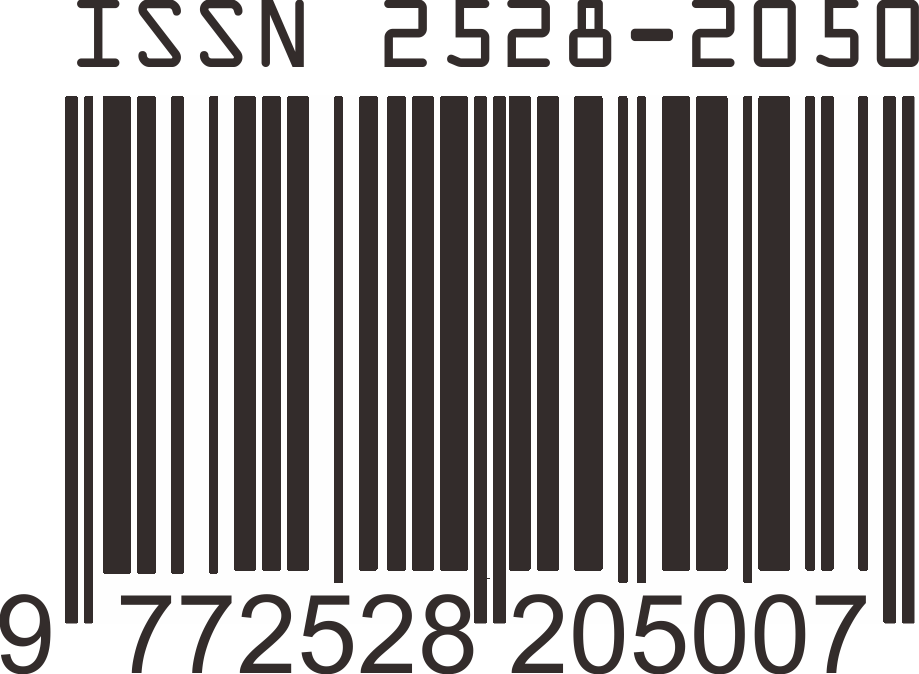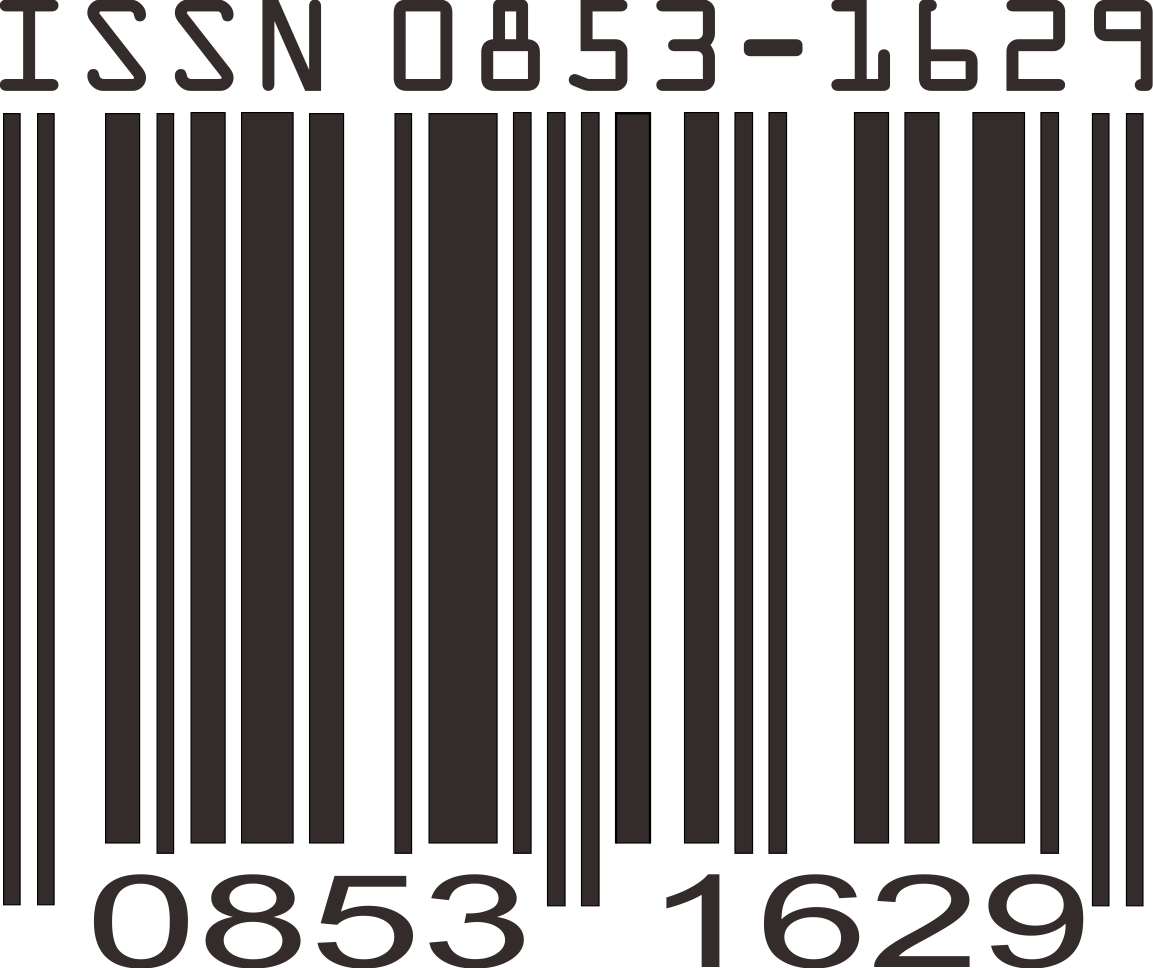Genetic Variability in the Indonesian Giant Clam (Tridacna crocea and Tridacna maxima) Populations: Implication for Mariculture and Restocking Program
Abstrak
Kata Kunci
Teks Lengkap:
PDFReferensi
Ayala, F.J., D. Hedgecock, G.S. Zumwalt, and J.W. Valentine. 1973. Genetic variation in Tridacna maxima, an ecological analogue of some unsuccessful evolutionary lineages. Evolutions 27 (2): 177-191.
Bucklin, A., B.W. Frost, J. Bradford-Grieve, L.D. Allen, and N.J. Copley. 2003. Molecular systematic and phylogenetic assessment of 34 calanoid copepod species of the Calanidae and Clausocalanidae. Marine Biology 142: 3333-3343.
Burton, R.S. 1986. Evolutionary consequences of restricted gene flow among the natural populations of the copepod Tigriopus californicus. Bull. Mar. Sci. 39: 526-535.
Campbell, C.A., J.W. Valentine, and F.J. Ayala. 1975. High genetic variability in a population of Tridacna maxima from the Great Barrier Reef. Marine Biology 33: 341-345.
Hall, T.A. 1999. BioEdit: a user-friendly biological sequence alignment editor and analysis program for Windows 95/98/NT. Nucleic Acids Symposium Series 41: 95-98.
Hebert, P.D.N., R. Ratnasingham, and J.R. deWaard. 2003a. Barcoding animal life: cytochrome c oxidase subunit I divergences among closely related species. Proc. R. Soc. Lond. B (suppl) 270: S96-99.
Hebert, P.D.N., A. Cywinska, S.L. Ball, and J.R. de Waar. 2003b. Biological identification through DNA barcodes. Proc. R. Soc. Lond. B 270: 313-321.
Juinio-Menez, M.A., R.M. Magsino, R. Ravago-Gotanco, and E.T. Yu. 2003. Genetic structure of Linckia laevigata and Tridacna crocea populations in the Palawan shelf and shoal reefs. Marine Biology 142: 717-726.
Kenchington, E. and M. Heino. 2003. Maintenace of genetic Diversity: Challenges for Management of Marine Resources. Interim Report. International Institute for Applied System Analysis, Luxemburg.
Koehn, R.K. 1991. The genetics and taxonomy of species in the genus Mytilus. Aquaculture 94: 125-145.
Lucas, J.S. 1988. Giant clams: description, distribution and life history. In: J.W. Copland and J.S. Lucas (editors). Giant Clams in Asia and the Pacific. Australian Centre for International Agricultural Research, Canberra.
Lucas JS, E. Ledua, and R.D. Braley. 1991. Tridacna tevoroa Lucas, Ledua and Braley: A recently-describe species of giant clam (Bivalvia; Tridacnidae) from Fiji and Tonga. The Nautilus 105: 92-103.
Macaranas, J.M., C.A. Ablan, M.J.R. Pante, J.A.H. Benzie, and S.T.H. Williams. 1992. Genetic structure of giant clam (Tridacna derasa) populations from reefs in the Indo-Pacific. Marine Biology, 113: 231-238.
Meffe, G.K.A and C. R. Carrol. 1994. Principles of Conservation Biology. Sinauer Associates Inc., Sunderland, Massachusett, USA.
Nei, M. 1987. Molecular Evolutionary Genetics. Columbia University Press, New York.
Nei, M. and Jin, Li. 1989. Variances of the average number of nucleotide substitutions within and between populations. Molecular Biology Evolution 6 (3): 290-300.
Pasaribu, B,P. 1988. Status of Giant Clam in Indonesia. In: J.W. Copland and J.S. Lucas (editors). Giant Clams in Asia and the Pacific. Australian Centre for International Agricultural Research, Canberra.
Schneider, S., D. Roessli, and L. Excoffier. 2000. Arlequin, version 2.000. University of Geneva, Geneva.
Thompson, J.G., D.G. Higgins, and T.J. Gibson. 1994. CLUSTAL W: improving the sensitivity of progressive multiple sequence alignments through sequence weighting, position specific gap penalties and weight matrix choice. Nucleic Acids Research 22: 4673–4680.
Walsh, P.S., D.A. Metzger, and R. Higushi. 1991. Chelex 100 as a medium for simple extraction of DNA for PCR-based typing from forensic material. Biotechniques 10: 506-513.
Wells, S. 1997. Giant Clams: Status, Trade and Mariculture, and the Role of CITES Management. IUCN, Cambridge.
Article Reads
Total: 670 Abstrak: 424 PDF: 246Article Metrics
Metrics powered by PLOS ALM
Refbacks
- Saat ini tidak ada refbacks.
Laman ini dikelola oleh:
Bio Publisher
The Faculty of Biology Publishing
Laman ini dikelola oleh:
Penerbitan Fakultas Biologi
Universitas Jenderal Soedirman
Jalan dr. Suparno 63 Grendeng
Purwokerto 53122
Telepon: +62-281-625865
Email: biologi@unsoed.ac.id
Laman ini menggunakan:
OJS | Open Journal System
Software pengelolaan jurnal ilmiah online. Versi yang digunakan adalah 2.4.8.0.
Metadata artikel terdaftar di:
Crossref
Agen resmi internasional pendaftaran Digital Object Identifier (DOI)
Artikel jurnal ini terindeks:









